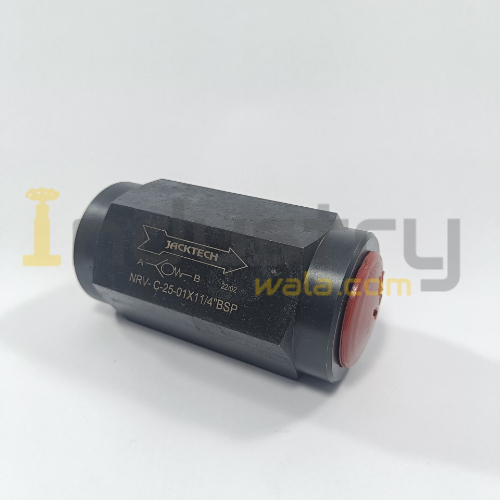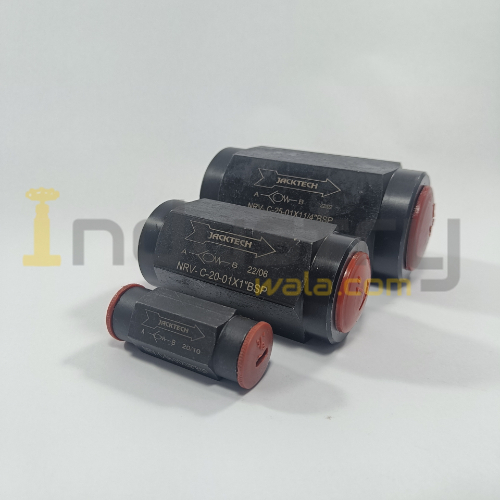Product Information
Description
Additional information
Reviews
Description
WHAT IS A CHECK OR NON-RETURN VALVE AND WHY DO YOU NEED IT?
A check valve is the simplest type of directional control valve used in hydraulic systems. Check valves stop the flow of fluid in one direction and allow free flow in the opposite direction. They are also known as non-return valves. Check valves may be used as prefill valves, bypass valves, pre-tensioning or protection of hydraulic components against pressure surges. Most check valves are spring-loaded and use a ball or plate to seal the flow in one direction. Check valves are designed with seats and thus are able to isolate circuits with no leakage. Balls, plates, poppets or poppets with soft seals are used as isolating elements. There is a special type of check valve that prevents pistons or cylinder plungers from coming down and causing accidents. This is called a line rupture valve. When the line ruptures, the flow through the line rupture valve increases substantially, causing an increased pressure drop. This in turn creates a stronger force on the ball, which will close immediately. Other special types of check valves are pilot-operated check valves and shuttle valves. A pilot-operated check valve allows flow in either direction by application of an external pilot pressure signal. A shuttle valve permits free flow at the highest operating pressure.Additional information
Reviews









